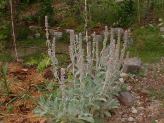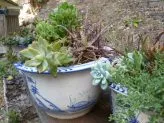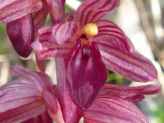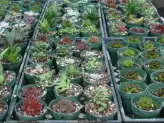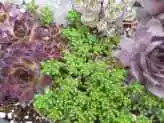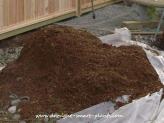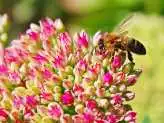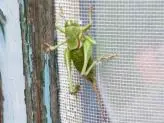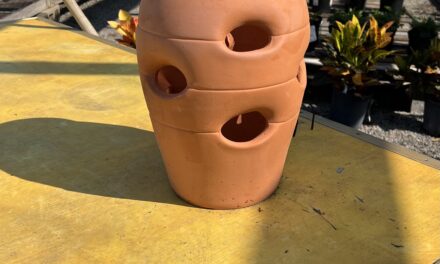Beneficial Fungus for your Garden Soil
As an Amazon Associate I earn from qualifying purchases.
Other links on this site may lead to other companies that I’m associated with.
The invisible micro herd in a healthy soil consists of bacteria, algae, tiny insects and micorrhizae, a microscopic variety of fungus.
Each soil in each climate and each group of plants develops its own strain depending on many factors.
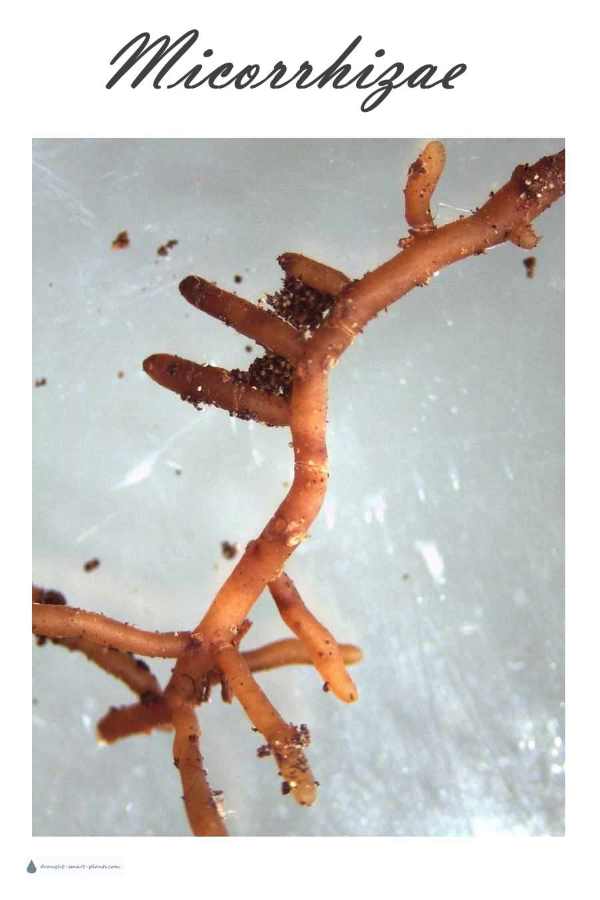
Micorrhizae is only one member of the microherd; others include bacteria, fungi, algae and yeasts as well as bigger creatures such as earthworms and centipedes. Providing enough organic matter to feed all of them is key to a healthy soil.
It benefits the plants it associates with by helping the roots to obtain nutrients from the soil.
In turn, this tiny fungus is able to use the sugars that the plants produce.
This is called a symbiotic relationship, with equal benefits for each organism.
Micorrhizae has long been known to botanists and soil scientists, but its purpose and activities in the soil were little understood until fairly recently.
It’s now known that it is possible to breed micorrhizae in a lab for dispersal on the soil of containers or gardens to help build up the beneficial fungus for better plant growth.
A soil with a good micro herd of all the microscopic life has been proven to produce plants with greater disease resistance and vigor, as well as increased drought resistance.
In commercial nurseries, this makes it possible to grow orchids, such as the beautiful Cyprepedium montanum, the Lady Slipper Orchid. They have been difficult to grow in cultivation, and it was only discovered recently that one of the things they need to grow is the special fungus populating their roots.
Now that the code has been cracked and we’re able to grow them in test tubes from tissue culture, the discovery of their specific fungus has enabled gardeners to add them to their collections.
Compost tea has the beneficial effect of boosting the population of micorrhizae and other tiny creatures in the soil, as has the addition of compost (this link opens in a new window).
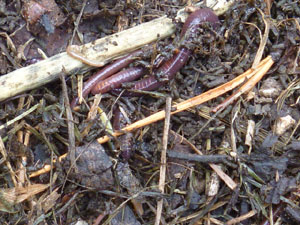
The presence of lots of healthy earthworms will indicate high populations of other beneficial micro-organisms such as bacteria, algae and yeasts.
Humic acid which is present in organic matter as it rots down is the food of choice for micorrhizae – luckily, adding organic matter to feed the micro herd is all that is required for the best growth of plants.
Seeding the soil with an inoculation to get it started is easy, as science has now developed dry micorrhizae which is easy to handle and spread where needed.
Or, choose a liquid that can be sprayed on wherever your plants need a boost.
You’ll need these supplies;

